A 5,800-year sediment record reveals that a large decline in a globally significant seabird colony coincided with European settlement
The Leach’s Storm-petrel, the most common seabird nesting in the Western Atlantic, is a small, nocturnal seabird that nests in large colonies numbering in the millions of individuals. Based on surveys of the colonies, the storm-petrel is considered vulnerable and believed to be globally in-decline by over 30% since the 1980s, with no clear consensus on the cause. Interestingly, one colony on Grand Colombier Island in the St. Pierre and Miquelon Archipelago 17 km southwest of Newfoundland, was believed to be relatively stable based on the limited available monitoring.
Storm-petrels build burrow nests on islands, often around freshwater ponds. We were able to use sediment cores as ‘history books’ of past changes in the seabird population. By examining the information preserved in dated sediment cores from storm-petrel impacted ponds, we were able to reconstruct past population trends going back centuries or millennia, long before any monitoring programs were underway.
Our study identified a number of surprising results. We showed that the colony underwent large, natural fluctuations over the last ~5,800 years. A more striking finding was how the natural fluctuations were disrupted and the population plummeted at the start of 19th century, at a time corresponding with European settlement nearby the island. We attributed this major decline to human encroachment and expansion. Although the colony is currently believed to be stable, it is only ~16% of the likely potential size that it was prior to European settlement.
The study was published in Proceedings of the National Academy of Sciences on the United States of America.
Reference:
Duda MP, Allen-Mahé S, Barbraud C, Blais JM, Boudreau A, Bryant R, Delord K, Grooms C, Kimpe LE, Letournel B, Lim LE, Lormée H, Michelutti N, Robertson GJ, Urtizbéréa F, Wilhelm SI, Smol JP. 2020. Linking 19th century European settlement to the disruption of a seabird’s natural population dynamics. Proceedings of the National Academy of Sciences of the USA 117: 32484-32492. https://doi.org/10.1073/pnas.2016811117.
Click on an image to open larger version.
Publications from this project
Duda MP, Allen-Mahé S, Barbraud C, Blais JM, Boudreau A, Bryant R, Delord K, Grooms C, Kimpe LE, Letournel B, Lim LE, Lormée H, Michelutti N, Robertson GJ, Urtizbéréa F, Wilhelm SI, Smol JP. 2020. Linking 19th century European settlement to the disruption of a seabird’s natural population dynamics. Proceedings of the National Academy of Sciences of the USA 117: 32484-32492. https://doi.org/10.1073/pnas.2016811117.
Duda, M. P., Michelutti, N., Wang, X., & Smol, J. P. (2021). Categorizing the influences of two large seabird colonies on island freshwater ecosystems in the Northwest Atlantic Ocean. Hydrobiologia, 848: 885-900. https://doi.org/10.1007/s10750-020-04498-2
Duda, M., Cyr, F., Robertson, G., Michelutti, N., Meyer-Jacob, C., Hedd, A., Montevecchi, W., Kimpe, L., Blais, J., and Smol, J.P. 2022. Climate oscillations drive millennial-scale changes in seabird colony size. Global Change Biology 28: 4292-4307.
Media coverage of this project
Campus Beat Dec 12 2020:

|